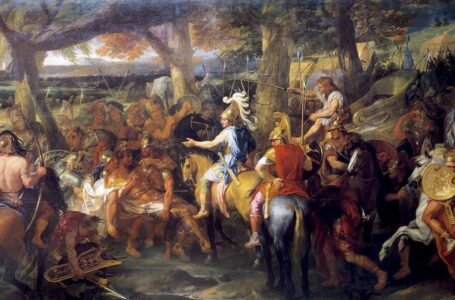Begum Hazrat Mahal: The Fearless Female Freedom Fighter of India
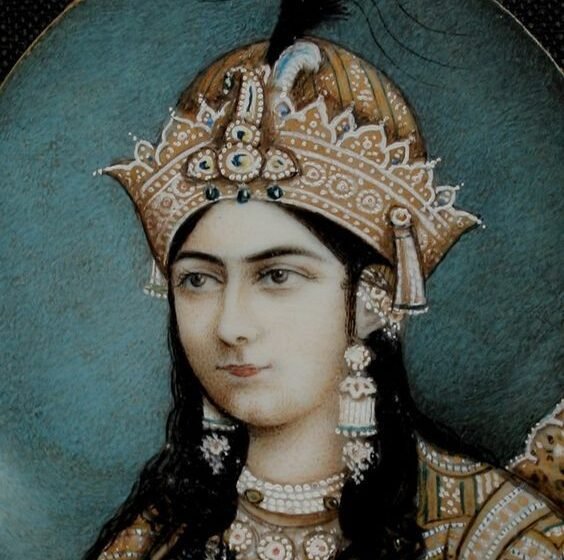
Love can be defined in many ways and by every living thing. Not only can a man and woman love, but even a bird can be loved. It is to see the ways of love expressed to one by the other. Mother’s love, Husband’s love for his wife and family, a kid who loves the toy or his pet. It can be anything and everywhere. Here we will see about one such incident that turned her entire life. Begum Hazrat Mahal, grew up from a common woman to a beloved Queen and became a huge fighter for her country. Because of the love for her Motherland, she had gone to a far extreme to protect it.
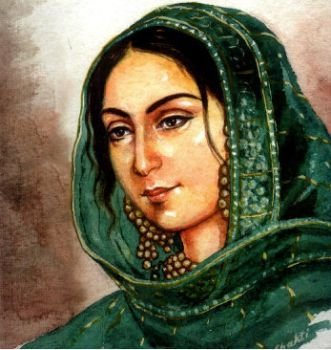
Personal Life of Begum Hazrat Mahal:
Begum Hazrat Mahal was born on1820 at Faizabad, Oudh State (present-day Uttar Pradesh). Mohammadi Khanum was the maiden name of Begum. She was also known as Begum of Awadh (the kingdom). Due to poverty, she was sold by her parents, later she became a tawaif by profession. A tawaif was a successful courtesan singer, dancer and poet who provided to the nobility during the Mughal era in India. She was sold to Royal agents and was known as Mahek Pari.
She was married to Nawab Wajid Ali Shah, the king of Awadh and the last Tajdaar-e-Awadh. They had a son, Birjis Qadr, who was born on 20th August 1845. The title Hazrat Mahal was given to her after the birth of her son.
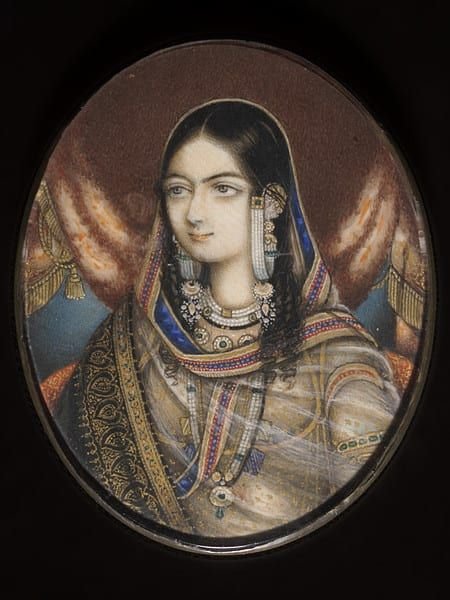
Annexation of Wajid Ali Shah:
The British East India Company annexed the state of Awadh in 1856. Wajid Ali Shah was exiled to Calcutta. This became a huge chaos in the kingdom. Begum Hazrat Mahal and her son remained in Lucknow. Later, she declared that her son, Birjis Qadr was the King of Awadh on July 7, 1857. But, Prince Qadr was minor during that period so, Begum Hazrat became his guardian. As a regent, she took the leadership and fought against the British.
Begum Hazrat’s role as a Freedom Fighter:
After taking the leadership, Begum Hazrat gathered her troops of soldiers and renovated the Lucknow fort in a more protected way. She established a committee for good governance for the state. She also appointed Sharaf-ud-Doula was appointed as the Chief Minister and Raja Jail Lal Singh as the Collector.

In 1857, British rule gained explosive momentum and broke out the first independence war in India. Begum Hazrat Mahal proved her strength and opposed the British rule in the struggle. She took the battlefield along with Rani Lakshmi Bai, Bakht Khan, Maulvi Abdullah and Nana Saheb Peshwa. With Nana Saheb in her side, she went to assist the Maulavi of Faizabad during the attack on Shahjahanpur.
During the First War of Independence, Delhi the Prime Center of the war was captured by the British troops and they started to surround and attack Lucknow on March 1858. This became the failure in the battle for Begum. Despite the failure, she unites her army of soldiers in other places to fight against the British. Soon over, Begum Hazrat along with her son, Birjis Qadir, Nana Sahib Peshwa and some other co-revolutionary leaders flew away to the Nepal forests. By the end of 1859, Begum had almost lost her whole property and was forced to seek refuge outside the country.
When she stayed in the Himalayan Kingdom, The British Government offered her money and luxurious facilities to bring her back to Lucknow. But, she declared the offer and demanded the British for the Independence of Awadh State and her country.
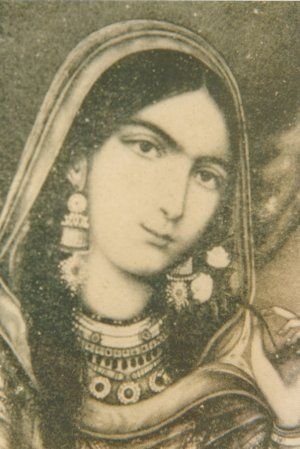
She also spent her entire wealth on the army of soldiers and her kingdom’s people who followed her in the independence struggle. The British stated that the refugees, who hid themselves in Nepal must spare to be killed for their act of murder of some British officers in the war. But for Begum Hazrat, they offered her to give more pensions in demand of the Awadh Kingdom and Begum Hazrat to work under them. It is because; she was a lady and belonged to a Royal family. But she refused the offer and opposed the British till her last breath. She strictly opposed the East India Company, which had demolished the temples and mosques to make way for the roads.
The British Government of India put on a condition that neither the mother, Begum Hazrat Mahal nor her son, Birjis Qadir were banned from getting any of the Scholarships and support for any purposes from the British Government. But, in 1877 both tried to enter India, soon they were also banned from settling in India and they returned to Nepal.
She was initially refused to stay in Nepal by Rana Prime Minister, Jung Bahadur; later she was allowed to settle there. Though she was banned from entering India, she supported India against the British Empire and fought for her motherland till her end.

Begum Hazrat Mahal died in 1879 in Nepal and was buried in a nameless grave at Kathmandu’s Jama Masjid. It was after her death, that Prince Birjis Qadr was allowed to stay in India on the occasion of the Jubilee of Queen Victoria in 1887.
Legacies:
- On 15th August 1962, Begum Hazrat was honoured at the Old Victoria Park in Hazratganj, Lucknow for her fearless struggle for India.
- The Park was also renamed with her name along with a marble memorial was constructed.
- The Park was now used for Ramlilas; bonfires during Dusshera and for the Lucknow Mahotsava.
- The Government of India issued a commemorative Stamp on 10th May 1984 in honour of Begum Hazrat Mahal.
- With the help of the Maulana Azad Education Foundation, a scholarship was implemented in her name by the Ministry of Minority Affairs, Government of India. This Scholarship is for Meritorious Girls belonging to Minority communities in India.
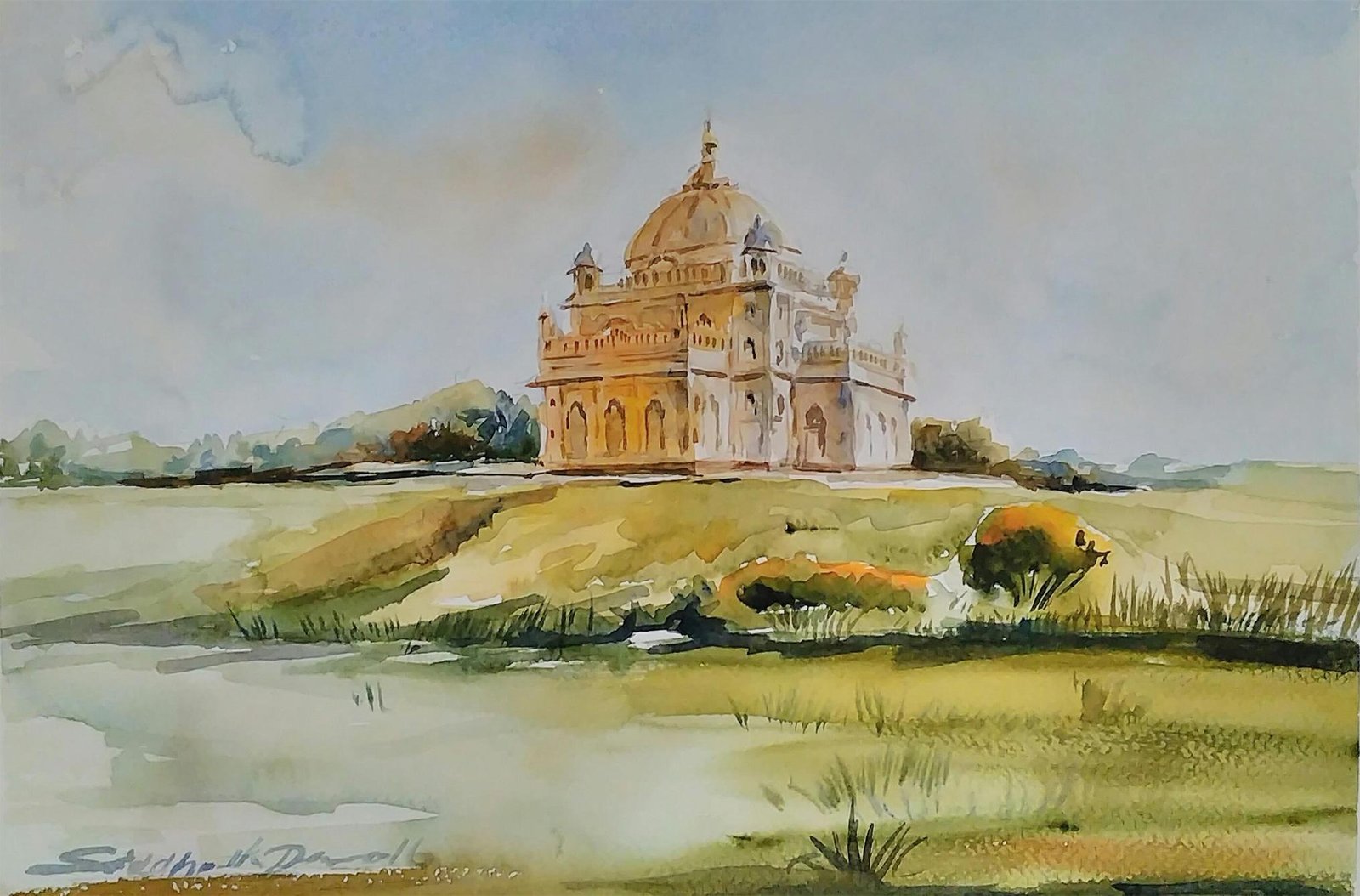
Begum Hazrat Mahal was a huge inspiration for all the soldiers who fought in the First War of Independence of India. She made a great impact among her next-generation fighters of India. She also raised her voice against inequality and injustice. She was the first woman to fight in the First War of Independence against the British Government.


